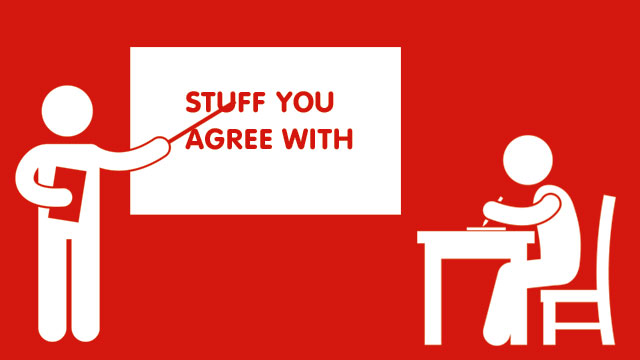Evaluating Sources: SIFT & PICK, RADAR, & ACT UP
- SIFT/PICK
- RADAR Framework
- Scholarly, Popular, or Trade?
- Primary, Secondary, or Tertiary?
- Peer Reviewed Articles through UlrichsWeb
- Evaluating Privilege: ACT UP
- Pushing Against Privilege
- Evaluating News
- Bursting your Filter Bubble
- Data privacy 'GUT Check'
Play this Game!

How good are you at spotting fake news? Try this game and see!
- Factitious 2018Play this game to see how well you evaluate the news.
Need help? Contact us
chat loading...
Phone: 801-581-6273
Email
In-Person
Schedule a Research Consultation
More Subject Guides
Tips for Evaluating the News
- When you open up a news article in your browser, open a second, empty tab. Use that second window to look up claims, author credentials and organizations that you come across in the article.
- Fake news spans across all kinds of media - printed and online articles, podcasts, YouTube videos, radio shows, even still images.
- For images, put them into Google images and search. Verify that what you are seeing corresponds to the event in question.
- Check the account history of the source. Two red flags are: the number of posts and how long the account has been active. If it claims to be a well know source(like CNN or CBS) and only has a few posts in its history that is a clue. If it's a well know source and the account has only been active a short time that is another red flag.
- Think before you share.
Confirmation Bias

- Blue Feed Red Feedtake a look at what confirmation bias looks like in Facebook feeds.
Fact-Checking Sites
- SnopesOver twenty years later, Snopes.com has come to be regarded as an online touchstone of research on rumors and misinformation.
- Know Your MemeKnow Your Meme is a site that researches and documents Internet memes and viral phenomena.
- PolitifactPolitiFact is a project of the St. Petersburg Times to find the truth in politics.Every day, reporters and researchers from the Times examine statements by members of Congress, the president, cabinet secretaries, lobbyists, and more.
- Factcheck.orgWe monitor the factual accuracy of what is said by major U.S. political players in the form of TV ads, debates, speeches, interviews and news releases. FactCheck.org is a project of the Annenberg Public Policy Center of the University of Pennsylvania.
- Media Bias/Fact Checkthe most comprehensive media bias resource on the internet. There are currently 2500+ media sources listed in our database and growing every day.
Thanks!
Thank you to Dawn Stahura of Simmons University for generously allowing us to reuse her "Evaluating Sources" Research Guide.
- Last Updated: Jan 10, 2024 2:15 PM
- URL: https://campusguides.lib.utah.edu/RADAR
- Print Page

